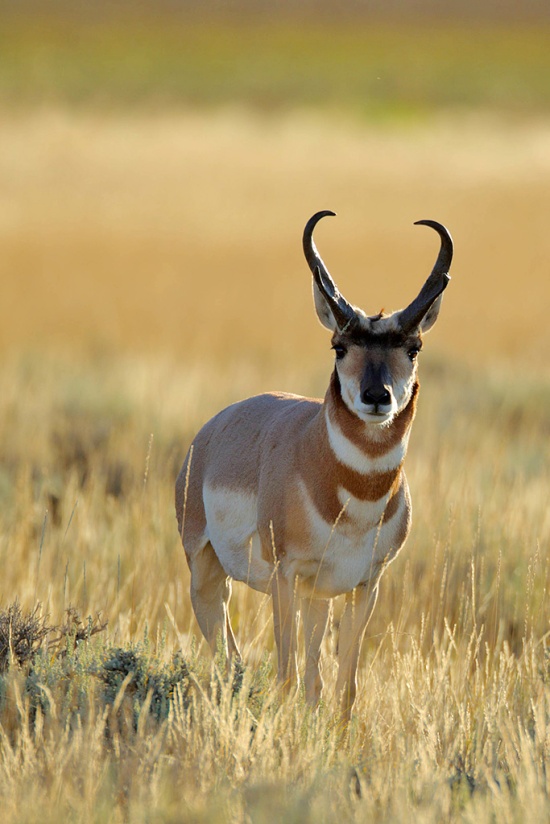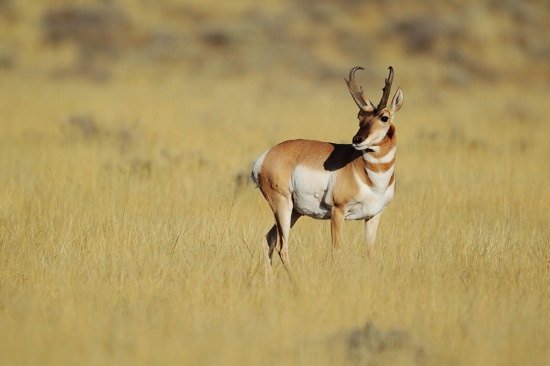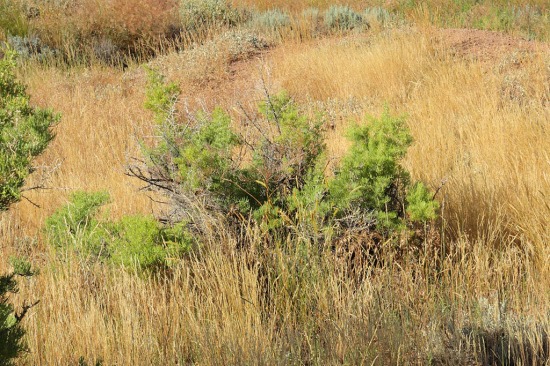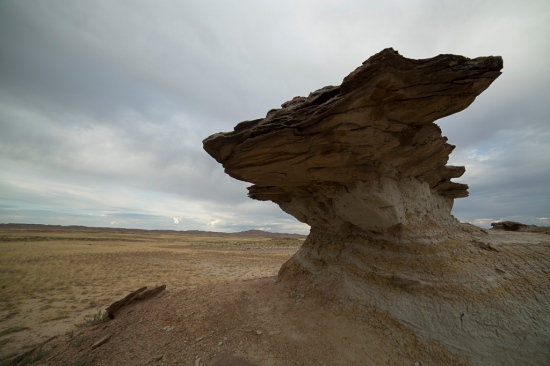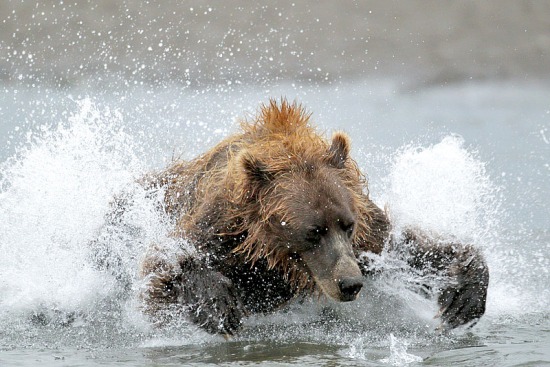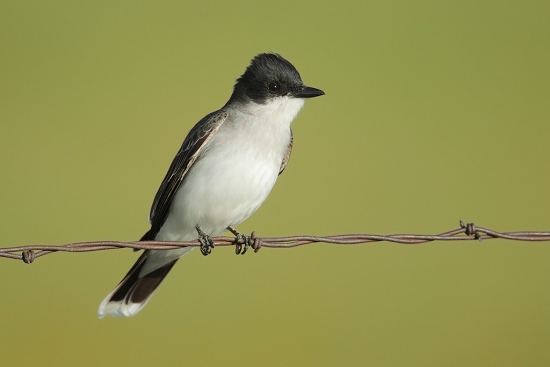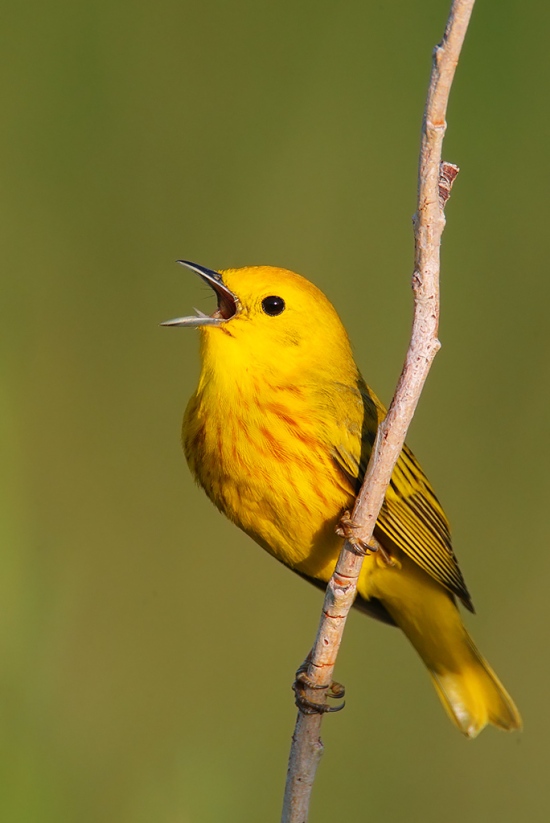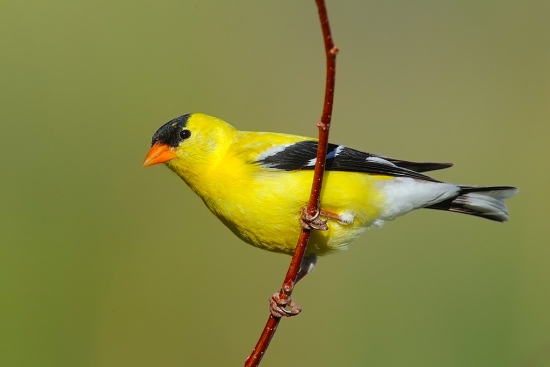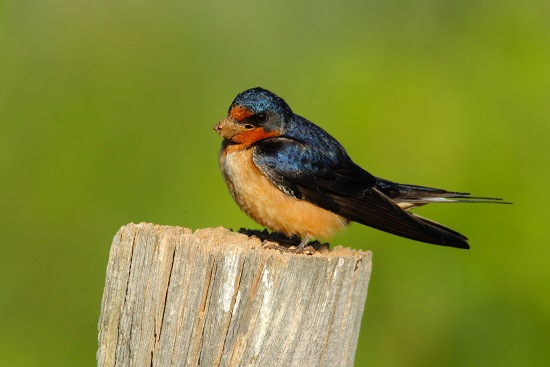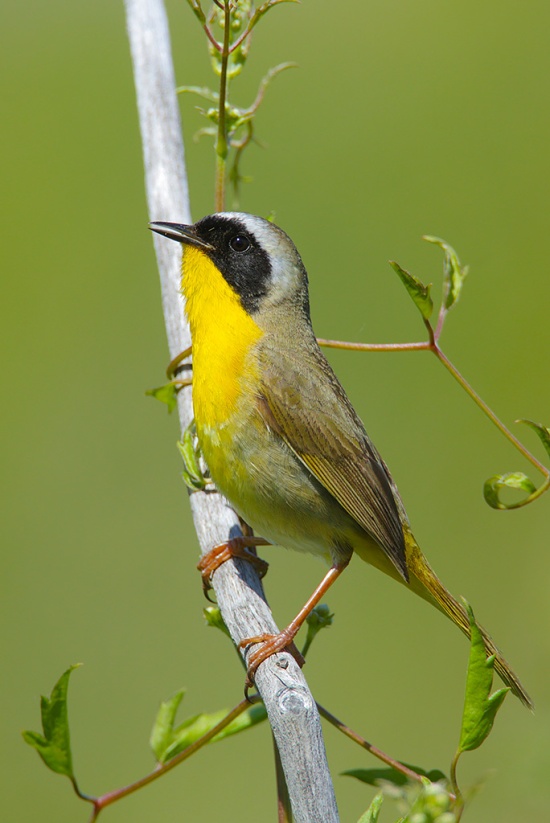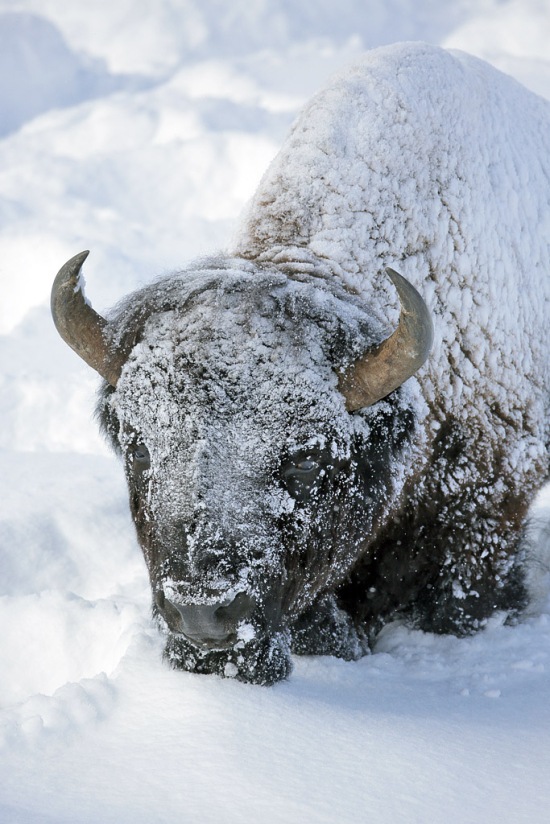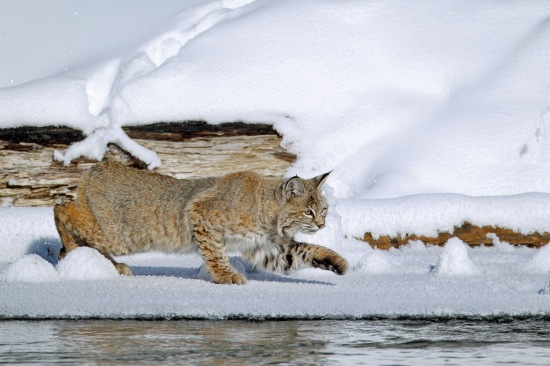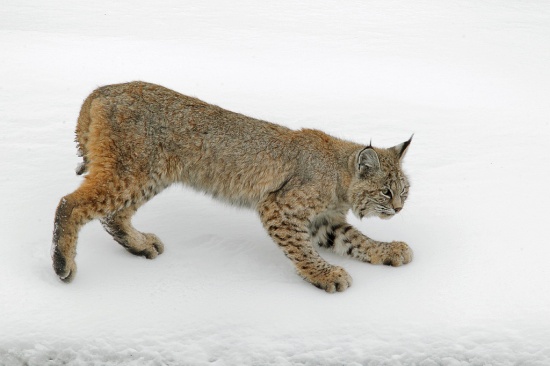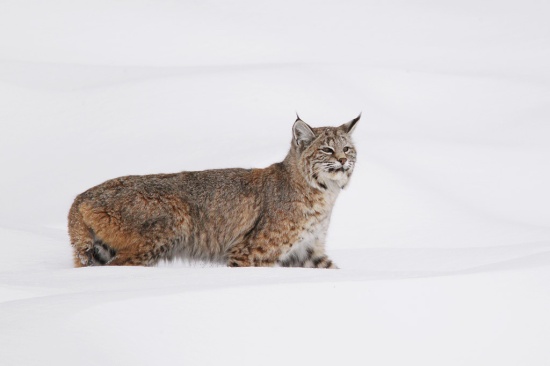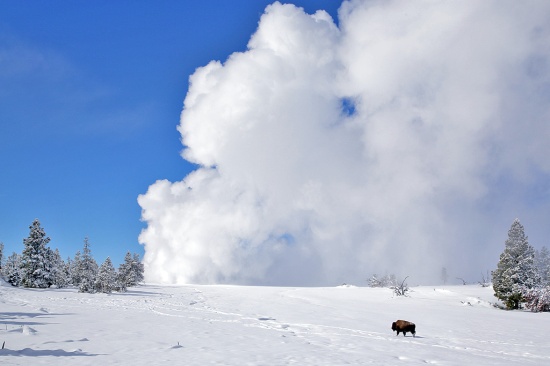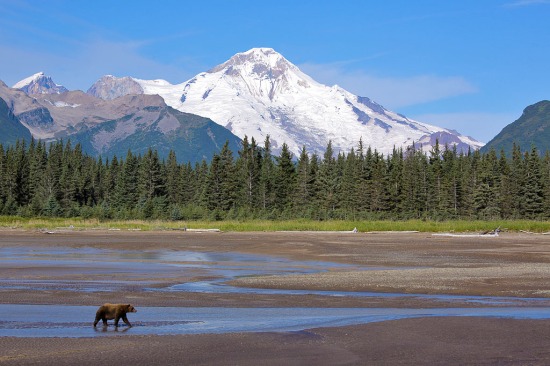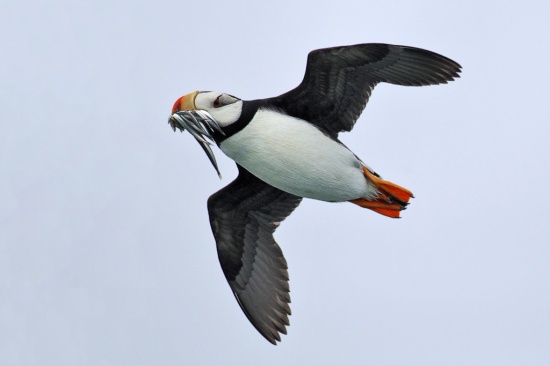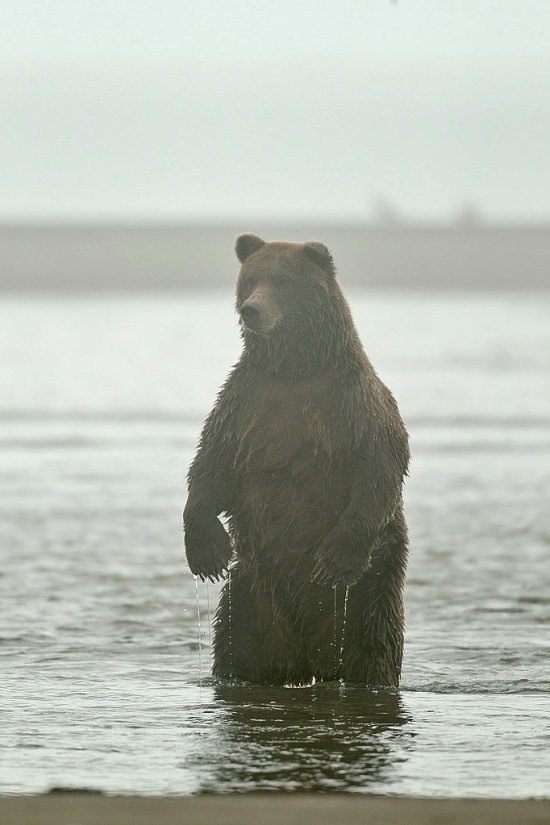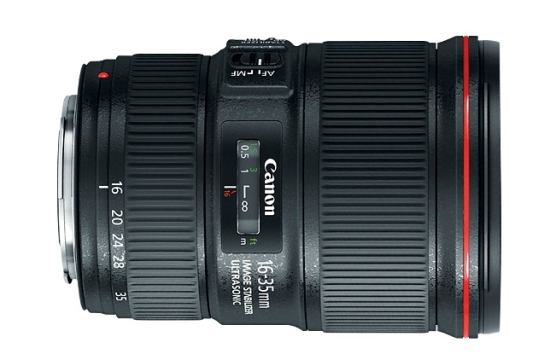
In May of this year Canon announced a new addition to their wide angle zoom lineup the 16-35mm F4IS L Canons current offerings included the 16-35mm F2.8 mkII and the 17-40mm F4L In the past I’ve owned the EF17-40mm. For the past 5 or 6 years I’ve used the EF16-35mm F2.8L MK1 and was satisfied with the performance of the lens but not overwhelmed by it. It was quite sharp in the center of the frame but soft in the corners at 16mm @ F2.8. At any focal length the corners were not adequately sharp for landscapes until about F8. Shooting the lens in the F8 to F16 range when I was shooting landscapes the lens performed pretty good but left me wanting something better. I compared my 16-35mm to several of the newer mkII versions and really couldn’t see enough difference in performance to justify the upgrade. I must say however the MK2 version had less light falloff, controlled flare better, had great sun stars and exhibited less chromatic aberrations than the mk1. I really was hoping for a high quality wide angle zoom from Canon to replace my aging 16-35mm with.
Nikon has an excellent class leading ultra-wide zoom the 14-24mm F2.8 that I would love to see Canon produce with performance to match the excellent Nikkor. Canon has produced a number of recent patents of lenses in this focal length but as of yet nothing has been announced. Who knows, maybe some day? To fill that ultra-wide void I use a Rokinon 14mm F2l.8. It’s a very good lens and a great value. All of Canon’s newest lenses have been excellent. The latest versions of the 24-70mm F2.8L and the 70-200mm F2.8L IS are class leading so I had high hopes when the 16-35mm F4IS was announced. Then upon viewing the the MTF graphs on the new Canon EF16-35mm F4IS L I was definitely encouraged. They show the lens to be an excellent performer, perhaps the best ultra-wide angle zoom yet from Canon. The MTF charts indicate the lens should be much sharper in the corners than any of the other Canon offerings. After the lenses started to ship I read some very positive reviews of the new lens and decided to pick one up. I went ahead and sold my old 16-25mm F2.8L and ordered up the new IS F4 version.
 I decided to test the new lens against the only comparable lens remaining in my bag the EF 24-105mm F4 IS L. I really like this lens. It’s very versatile with it’s nice range and IS. I have found that between 24mm and 35mm the 24-105mm outperformed my old 16-35mm F2.8L and when I had a choice I would use the 24-105mm in the overlapping range. I was curious to see out it would compare to the new 16-35mm F4IS in the overlapping focal lengths. This will help me decide which lens to use when looking for the best image quality at the overlapping focal lengths or when traveling light which lenses I should take. Of course the beauty of the 24-105mm is versatility with the great range it covers.
I decided to test the new lens against the only comparable lens remaining in my bag the EF 24-105mm F4 IS L. I really like this lens. It’s very versatile with it’s nice range and IS. I have found that between 24mm and 35mm the 24-105mm outperformed my old 16-35mm F2.8L and when I had a choice I would use the 24-105mm in the overlapping range. I was curious to see out it would compare to the new 16-35mm F4IS in the overlapping focal lengths. This will help me decide which lens to use when looking for the best image quality at the overlapping focal lengths or when traveling light which lenses I should take. Of course the beauty of the 24-105mm is versatility with the great range it covers.
I wanted to compare the lenses in the field shooting typical wide angle landscape images with front to back DOF. I found a good spot with foreground, mid-range and far off elements needed do the test. These are not award winning photos but they should tell me what I want to know. Below are the full sized images first the 24-105mm followed by the 16-35mm. Camera used was the Canon 5D mk3. The images was shot at 24mm both images focused hyperfocally. My aperture was sit to F11 which is my go to aperture for these types of images. F11 gives me adequate DOF without introducing sharpness robbing diffraction.
CLICK ON IMAGE TO ENLARGE

24-105mm F4 @ 24mm F11

16-35mm F4IS @ 24mm F11
Exposure and focus point were identical or at least to the best of my ability. It’s hard to see much difference on the web at this side. Click on the image and you can see them larger and perhaps get a better feel for the results. I will now show crops of the images viewed at 100%.
UPPER LEFT CORNER
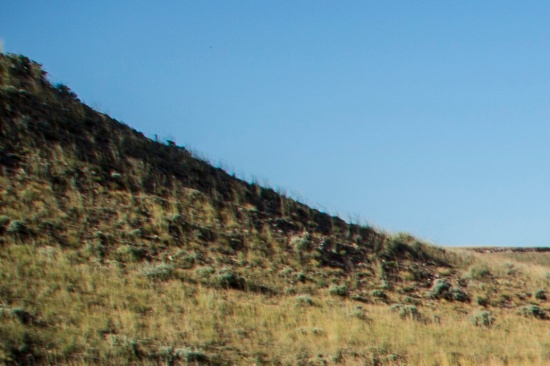
24-105mm @ 24mm F11
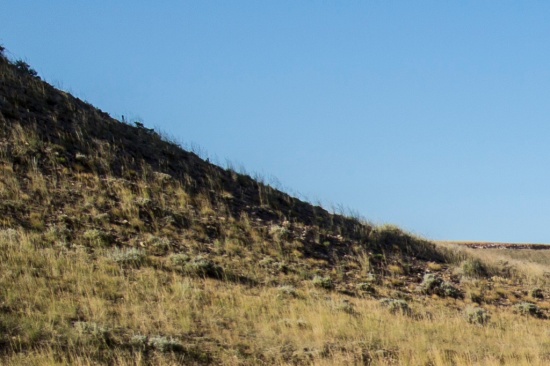
16-35mm @ 24mm, F11
To my eye the 16-35mm is sharper with better contrast than the 24-105mm. I’m impressed with the new lens. Now lets take a look at the lower right side of the frame.
LOWER RIGHT CORNER

24-105mm @ 24mm, F11

16-35mm @ 24mm F11
Again performance of the new 16-35mm is quite good, besting the 24-105mm. Next we’ll look at the upper center of the frame.
UPPER CENTER

24-105mm @ 24mm f11

16-35mm @ 24mm f11
Again to me the new EF16-35mm F4IS L seems to be sharper and more contrasty than the 24-105mm F4IS L which was my go to lens in this range of focal lengths. This is very encouraging. In my next post I will compare them at 35mm. This is at the long end of the 16-35mm and getting closer to the mid-range of the 24-105mm. This should be a much tougher test for the new lens.
To purchase this fine lens go here. Canon EF 16-35mm f/4L IS USM Lens

